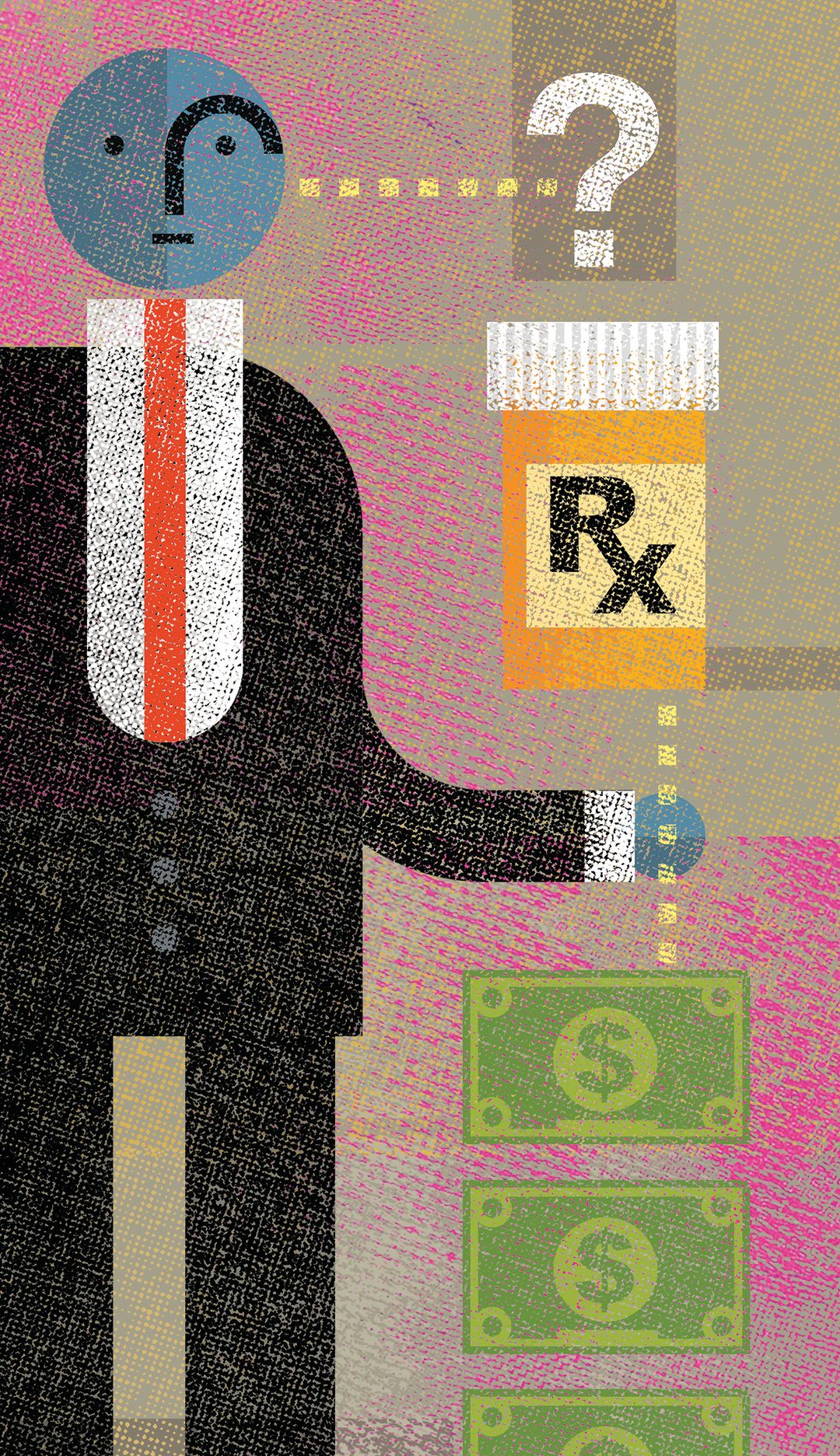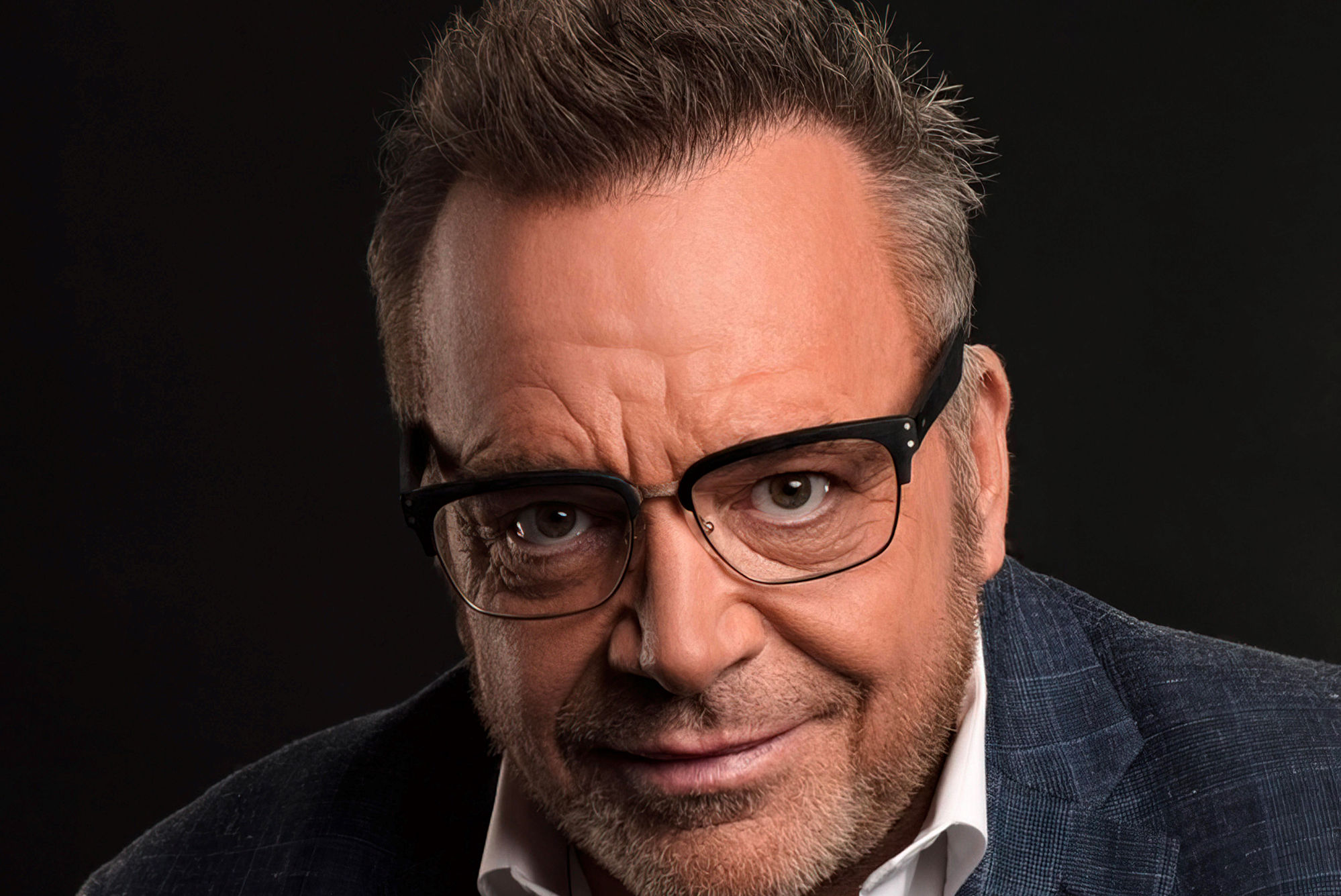Sarasota is Fertile Ground for Clinical Trials

Image: Gordon Stulder
The ad popped out at me as I scrolled down my Facebook news feed.
“Do You Have COPD?” a headline asked.
At an annual checkup, I had been told I had COPD (chronic obstructive pulmonary disease). The doctor didn’t seem alarmed. I wasn’t sure he was right. Yes, I was short of breath after exertion, but isn’t that normal for a 75-year-old guy like me?
The ad said people with COPD were being sought for a clinical drug trial in Sarasota. Volunteers would be paid for their trouble. They would get free medication, both the experimental drug and a standard rescue inhaler. I sent an email questioning whether I might qualify, addressed to Sarasota Clinical Research (SCR).
The reply from Sally Kastes, who works with SCR and Dr. Hugh Windom of Windom Allergy, told me this was a one-year trial offering participants a 100 percent chance of getting either Spiriva or the nebulized version of Spiriva. There was no placebo, as there often is with clinical trials.
I made an appointment and filled out a detailed medical history. I also signed a novel-sized packet of legal agreements—in case this, in case that, I won’t sue, etc. Then came testing. Thorough testing. Blood was drawn, urine was bottled, an electrocardiogram was made, blood pressure measured and noted. And, toughest of all, I had to blow repeatedly into a device that measured the capacity of my lungs.
I flunked that test. Big time.
“You have 48 percent capacity,” Kastes said. “Effectively, you have one lung.”
Whoa, that was alarming. But did it mean I qualified for the clinical trial?
Clinical trials are not for dummies. They involve participation. I was given a diary to fill out every day, noting when I used the trial inhaler and how often I used a prescription rescue inhaler. The trial drug was to be used morning and evening, 12 hours apart. It sprayed a measured amount of drug-laden mist into my mouth, which I sucked into my lungs.
In order to remember to use the inhaler, I downloaded a free app for my smartphone. The app—CareZone—alerted me when it was time to use the inhaler. CareZone was a digital Kastes to keep me honest. Forgetting to create diary entries daily is a common problem.
Appointments were early, for my lifestyle: 9 a.m. And I’ve awakened to coffee every day of my adult life. But coffee is a stimulant, and I was to avoid it until blood was drawn and tests were done. Then Kastes would bring me a fresh cup of coffee. I always brought my Kindle Fire tablet and read ebooks while waiting for the tests to be analyzed.
There were only a few things I couldn’t do. Smoking was the big one. I’d smoked 30 cigarettes a day for more than 50 years before quitting eight years ago. My smoking likely resulted in my COPD.
But when I quit cigarettes, I did not quit nicotine. I switched to electronic cigarettes—electrical devices that create nicotine-laced vapor to inhale. I’ve used them every day since 2008.
“Not a problem,” Kastes said to my relief. In my only meeting with Dr. Windom, he also said e-cigs would not be a problem.
What would be a problem was enrolling in a second clinical trial. The same person in two simultaneous trials might negate the conclusions of both trials, Kastes said. One trial at a time, I was told.
So why would I enroll in a clinical trial in the first place?
I’m not a drunk donating blood to buy another bottle of cheap wine. I am being paid more than minimum wage to participate, but that’s only fair considering the time and travel involved. But it wasn’t for money that I volunteered. It was because at my age, I saw little to lose and perceived I might help medical progress. I would stand on the shoulders of all who tested drugs we now safely use. Bless them.
And I’d gladly do a trial for other conditions, too. Yes, there have been drugs that caused serious side effects in trials. I’d weigh the risks and benefits, but I know this: If I ever faced death by disease, I’d join any effort to find a cure for my terminal illness.
Fortunately for us, Sarasota is fertile ground for clinical trials. At any one time, says Dr. Kirk Voelker, director of Sarasota Memorial Hospital’s Clinical Research Center, the center is participating in several dozen trials, and private physicians are participating in many more. Patients here can find trials for everything from allergies to peanuts to uterine fibroids.
“It’s very unusual for a public hospital to have its own clinical research center,” Voelker says. But Sarasota, with plenty of affluent, older residents, has a population that’s highly interested in medical care and is also “medically sophisticated,” he says—the kind of people who want to participate in clinical trials. Voelker says the center joins only trials that bring new, “cutting-edge medical care and research” to local patients.
On my most recent visit, I had to blow into that force-capacity measuring device for Kastes three times. She jotted results in her own diary of my trial.
“You did 60 percent better,” she said with a smile. “Sixty percent! That’s no small improvement.” I was pleased. Now, I’m like…1.25 lungs. Woo-hoo.



